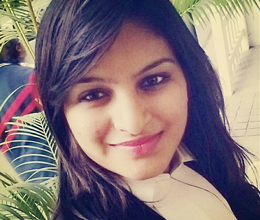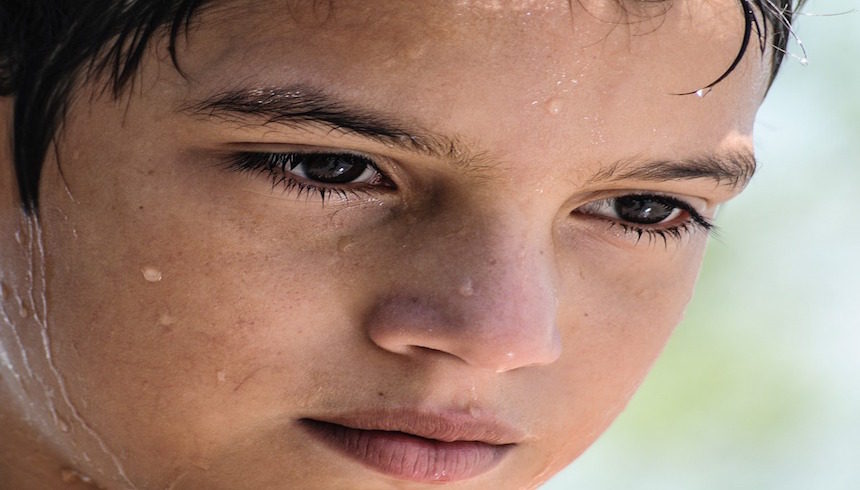Introduction to Juvenile Justice Act:
This post has been written by Aarohi Mikkilineni, student at New Law College, Bharati Vidyapeeth Deemed University, Pune.
The Juvenile Justice (Care and Protection of Children) Act, 2015 came into existence after the 2000 Act was repealed keeping in consideration the rise in Crime Rates (With Reference to NCRB Data it can be noted that in 2004 the incidence of Cognizable Crimes by a Juvenile was 1832015 incidents and this increased to 2851563 incidents in 2014) and the mortifying act of the Juvenile Rapist accused in the December 26 Delhi Gang-rape.
Armed with the intention to provide Care and Protection to the neglected Juvenile or a Juvenile in need for the same, this Act was introduced by Maneka Gandhi in the Parliament on 12th August 2014. With increasing numbers of Juvenile Rapists and Juvenile Murderers, it was reckoned to be a brainwave in legislative light. What also needs to be understood was that mere assent to the Act does not mean that it wasn’t riddled with strife.
Assent to the Act by the Parliamentary Members:
This Act wasn’t well received as some of its Provisions treated a 16-18 year old guilty offender as an Adult Criminal. This was considered to be a draconian and unconstitutional amendment which instead of providing care and protection to Children deems them as adult in cases where the alleged commission of crime by them is heinous in nature.
A standing Committee was appointed by the Parliament to look into the same as it was felt that this wasn’t a fully assented Bill and was being heavily criticised. The Standing Committee Report too pointed out faults in the Provisions of the Juvenile Justice (Care and Protection of Children) Act, 2015, but since such Reports and their analysis are not binding, the Government assented to the Bill.
Preliminary Assessment Board:
Section 15 of the Juvenile Justice (Care and Protection of Children) Act, 2015 provides for a Preliminary Assessment of a child convicted of a heinous offence. While introducing the Bill in the Parliament, Maneka Gandhi talked about how this assessment makes a distinction between Offences done with an Adult like mind or a Childlike mind.
With reference to the Explanation of Section 15 of the same Act, that preliminary assessment is not a trial, but is to assess the capacity of such child to commit and understand the consequences of the alleged offence. This very basis of trying to classify the mind of a Juvenile offender has come under the Scanner and has been questioned/ criticised.
A Preliminary Assessment will be carried out by experienced Jurists but they MAY take assistance of psychologists or psycho-social workers or other experts. Another point of contention was to make this mandatory, as it was felt that only a Psychologist or any other such expert has the required expertise or understanding to make a report for the same.
After the report of the Preliminary Assessment Board, The Juvenile Justice Board makes a decision as to whether the Juvenile should be tried as an Adult under the Adult Criminal system or continue to be treated a Juvenile under the Juvenile system.
Ambiguity within the Act:
How this Assessment is done isn’t provided expressly in the Act itself but impliedly explained by Maneka Gandhi when she introduced the Bill in the Parliament. This Ambiguity has been ever since a great matter of contention. Matters of the mind are something that can’t be quantified or standardised as they differ from person to person and depends upon his social environment, education, parental upbringing or dietary concerns, etc.
Further as submitted by Tehseen Poonawala in his Writ Petition, an Article written by an American which explained the Mental Development of a Child. Appearances may be deceiving: “Just because they’re physically mature, they may not appreciate the consequences or weigh information in the same way as adults do. So we may be mistaken if we think that somebody looks physically mature, their brain may in fact not be that mature”.
The above excerpt was from Adam Ortiz`s Article who talks about the Pre frontal Cortex of the Brain and how it shapes the Anger and Emotions of a Teenager. What must always be kept in mind is that a teenager is fuelled by his/her emotions and outbursts of anger are quite common. People who dissented to the Bill especially Shashi Tharoor a Parliamentary Member of the INC had strong views with this Bill/Act.
He said that, “A majority of children in conflict with law come from illiterate and poor families. These are the ones we are trying to punish instead of giving them education and a strong foundation,” adding that the changes would only embarrass the government as they violate international laws that require a child accused of an offence to be treated differently from an adult.
Contradicting this, Maneka Gandhi reasoned that Poverty should not be used as a Defence or as an excuse to be getting out of an offence committed. Further a parallel debate began, which questioned whether the Indian Justice System was being too soft towards its Juvenile offenders in respect to its 2000 Act about the same.
Contradictions to the Constitution of India:
This bill was passed even though the Standing Committee headed by Shri Jagat Prakash Nadda and Dr. Satyanarayan Jatiya rejected it, and many members of the Parliament dissented to it due to the unjust treatment meted out to the Juveniles.
By treating the age bracket of 16-18 differently, a lot of contentions were raised which questioned the credibility of Article 14 of the Constitution of India. Equality before law is an important concept which applies to all the Citizens of India. Hyderabad MP Asaduddin Owaisi said the reduction in the juvenile age for heinous crimes would ultimately result in the children of tribals and scheduled castes being victimised more than they already are.
Also it is said to be in contradiction of Article 15(3) of the Constitution of India. The Article expressly mentions that laws shall be made for the “WELFARE” of Women and Children. But the 2015 Act is clearly not for the Welfare of the Juvenile offenders, especially the age bracket of 16-18. Is the Child Friendly approach and welfare for all children not applicable to 16-18 years of age?
Will this Provision be truly effective?
It can be understood that this Act wasn`t well received and also has been the reason for a lot of controversy. Currently as rightly said by Shashi Tharoor, our country is reeling from the aftermath of the horrific Delhi Gang rape. The surviving parents of Jyoti Singh have campaigned for days and nights to get Justice for all the Daughters of India. The Juvenile Justice (Care and Protection of Children) Act, 2000, before 26th December didn`t fall short with regards to providing Justice. But what can be inferred is that even though the 2015 Act is highly controversial, it is a huge leap towards more progressive laws.
The 2015 Act includes the Hague Convention on Protection of Children and Cooperation in Respect of Inter-country Adoption 1993 which were not mentioned in the 2000 Act. By introducing the option of Adoption for Juveniles in need of care and protection under Chapter VIII of the 2015 Act, the Government has taken a modern approach to law.
However, its laudable features have been overshadowed by one provision that states that children in the 16-18 age groups will from now on be tried as adults if they are accused of committing ‘heinous offences’. The government strongly feels that the provision will not only help to effectively reduce public disquiet over the perception that young offenders are getting away with light punishment after committing crimes such as murder and rape but also work as a strong deterrent.
Preliminary assessment can be a very effective measure if implemented properly and cautiously. When I interviewed Advocate Vandana Pradnay, who for the past 12 years has been involved with numerous Child Welfare Committees and also the Juvenile Justice Board, she pointed out the stark deficiency in the system. Even with expressive provisions present, implementation has been quite faulty. It is not only mandatory but extremely important that this preliminary assessment is overseen and observed by a Psychologist or any other expert who specifically deals with Children and their behaviour.
The reason to stress upon such an expert is the classification of the mental capacity of the child which can only be done by these experts. Experienced Judges too can understand the mental capacity of the Juveniles but that wouldn’t be a 100% accurate assessment. Thus, it should be made mandatory to take the help of experienced Psychologists or related experts in reports of such nature.
Conclusion:
To conclude, the Juvenile Justice (Care and Protection of Children) Act, 2015 is quite a well thought out Legislation with regards to the rising crime rates especially crimes of heinous nature committed by Juveniles. This Act was introduced to make more stringent laws for Juvenile offenders. Children have always been the future of this country and if Juvenile offenders who commit heinous offences are let off without any reformation or rehabilitation, then the future of such a country would be very bleak. Deterrence will only be instilled if there are stringent laws.
If a Juvenile will be let out freely even after committing heinous crimes, it would appear as such that the Government is letting such acts occur. It is good to have love and affection for the children and guide them towards a better and brighter future but it is a crime in itself to mask their offences as a childish act.
Picture Courtesy: Pixabay








There Are 2 Comments